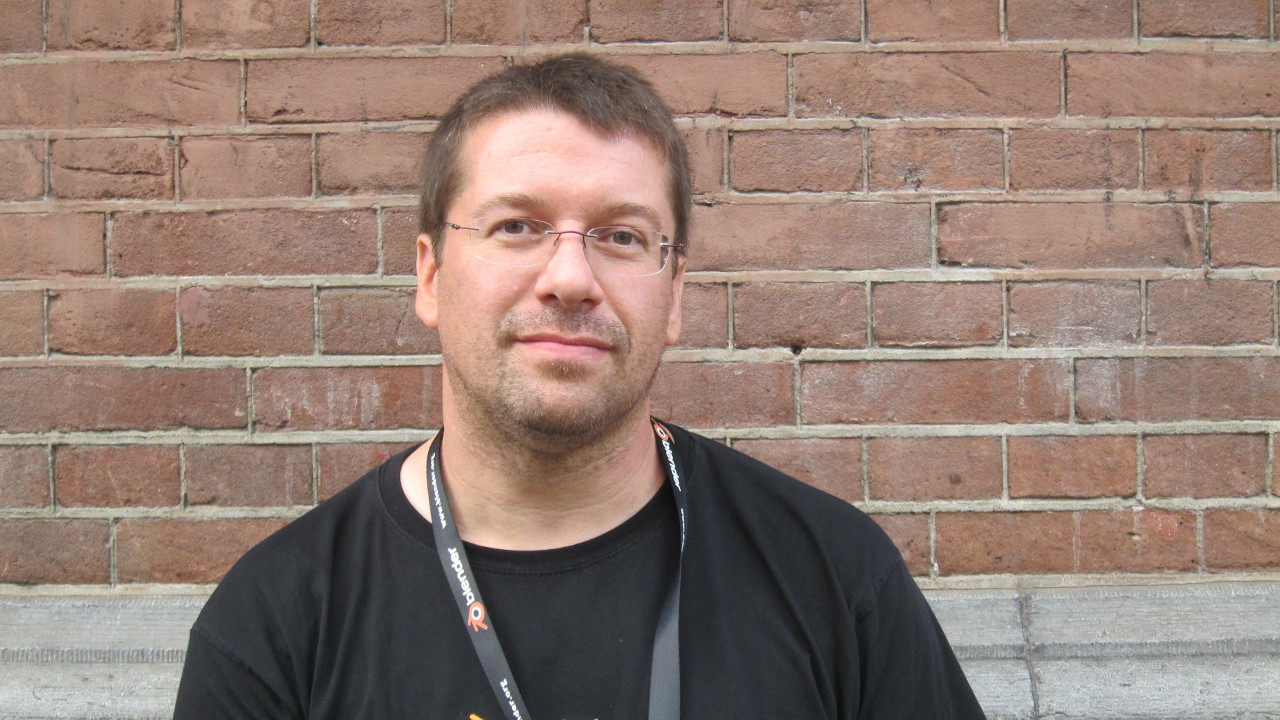Sean Kennedy is a compositing artist who has been working for the notable studio R&H until it went bankrupt (and got a special effects oscar). In his work he had used Blender every now and then to polish his shots. BlenderDiplom talked to him at last year's Blender Conference.
BD: Sean, tell us a little bit how you found out about Blender, how you got into it and how it came that you were using it for R&H post production.
SK: Ton had written an e-mail to me after I had ordered Big Buck Bunny. He saw where I had it sent to – R&H. He contacted me about doing a presentation at the studio on Blender. They did it when they came to Siggraph. They did come into R&H and did a small presentation, which was my first real introduction to Blender. That was in the 2.49 days. I kinda kept my eye on it. When 2.5 came out I became a lot more interested because the interface was finally something I could grasp, it was way easier. Blender also worked in the environment of R&H. It did not install, it did just run and had exactly the same interface on Linux, Mac and Windows. That was really helpful. I would download it and use it just for very small things. Nothing front and center like CG tigers were made with it. But for example if a compositor needed small things like dust hits, smoke trails or little birds flying around in the background, Blender gave them access to a particle system and other simulations. Those where the things that helped a scene come to life, small details. Those are the things I used Blender for. To accent things the in-house effects department was doing. They would do all the bigger things like hefty lifting fluid simulations or fur things. I just used it where I thought it could bring a little extra to a shot.
BD: Do you have a list of titles?
SK: I do, I have a very small list. A few movies like “RIPD” which was just out this summer. “Big Miracle”, a Drew Barrymore movie from 2012 I used it a lot. I did some smoke and cloth simulations on this movie. “Hunger Games” has some birds. “Life of Pi” has a particle system that drove another effect for lens drops on the camera. Very minor things that a compositing team could use. A set of birds I made got used in a lot of movies like “Alvin 3”. They might even be in the latest X-Men movie. Some of the elements I made were moved to whatever movie happened to be in the house at the time.
BD: You also taught a class on Blender for R&H.
SK: I did it through a company called “Studio Arts” in Los Angeles which has a contract with R&H and other studios. If you work at one of these facilities you are allowed to take the classes for free. They had set up a little classroom at R&H where they did classes on things like learning Python or Nuke. I contacted them to do one on Blender. We did a 10-week-class on after hours and I had a great range of people there, from office people to VFX supervisors. Everybody was interested, had fun and loved it. They were shocked at what we were able to do in such a short time. It was just a few hours every week for 10 weeks. They were able to get photorealistic results. It was a good eye-opening for people who had never touched the program.
BD: In India the R&H employees even set up a do-it-yourself or help-yourself Blender class.
SK: They did it long before I did it, even years ago. One of the guys over there, Satish, was really into Blender and from the pictures I saw they got a really big group going on that would learn Blender in after hours. They tried to kick off actually projects. Just internal things, nothing that would get public. But to learn.
BD: An outsider usually does not know that Blender is used in Hollywood films every now and then. What do you think is the reason why nobody knows about that?
SK: The bigger studios invest a lot in software. They all have amazing tools that do amazing things. When you have a feature article being written about the work you did on this movie you certainly want to talk about your software. And the software is amazing and it should be talked about it. Blender never was a super-significant part in the process so they would mention the things that were used more extensively. It was mostly me using Blender, not like a whole team. And only for very specific tasks. Most of the time only my direct supervisor would know how I created certain things. For the rest it was more like birds appearing in a shot, it looked great and nobody would question where they came from.
BD: You have become a Freelancer and now you are trying to use the advantages of Blender a lot more like being able to do most things in the same package?
SK: Yeah that is right. I have done a couple of shorts on a couple of short films already and I used Blender almost exclusively. Right know I'm working on the VFX on a feature film and again I try to stay completely inside Blender for most of the time where possible. The part I am most worried about is the compositor and what I can and cannot do in terms of tweaking an image in 2D without going back into 3D. Hopefully, I can give feedback and influence the development of the compositor a little bit to get some good tools in there. That's the plan.
BD: When you read articles on Blender one certain question is often coming up. Either in the comments or even in the article itself: “Which super ultra Hollywood blockbuster movie was made using Blender?” Where do you think this longing that the 3D software you use must be used in Hollywood is coming from?
SK: I think people just like to have a showpiece. A big, high-profile showpiece. If Maya was used in Avatar, that is a great selling point. “Buy the product that made Avatar!”. I think that is what the Blender community is looking for. A big Hollywood type thing to really bring it to the forefront and show what is possible. But I really think the Blender Institute is doing a good job of showing what one can do and they are doing it at a scale that no one else is doing it. The quality of the visuals is on par with Hollywood.
I think people just want that high-profile thing out in front to sell the product. But I think Blender is more out there than people realize. I certainly would never say it is in every studio because I have no idea. It is just one of those things that is a little more prevalent than people think it is.
This interview was first released in German for the magazine Digital Production. BlenderDiplom is now presenting the interview in its original, non-translated form.
If you want to know more about Sean's work with Blender, watch his presentation at Blender Conference 2013:



